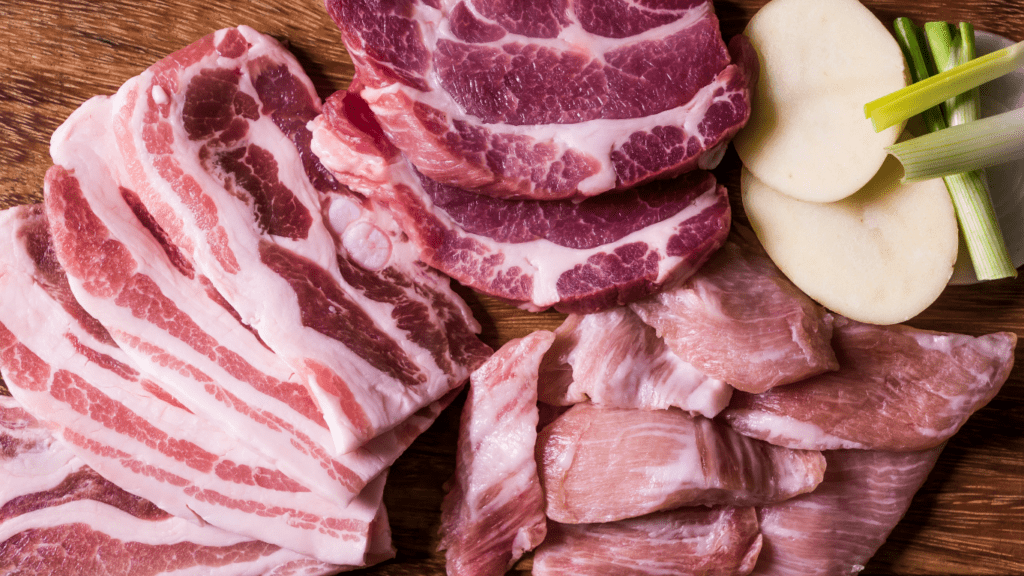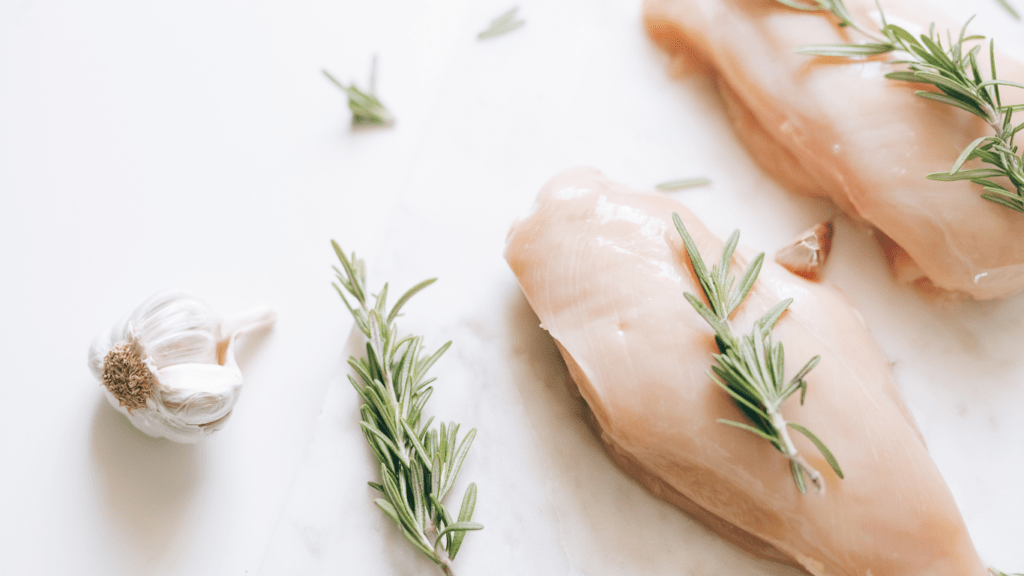Heading out into the wilderness for a successful hunt is an exhilarating experience, but the real work begins once you’ve harvested your game. In my guide on how to field dress and process your game, I’ll walk you through essential steps to ensure you handle your harvest properly. From field dressing to breaking down the meat, I’ll share expert tips to make the process efficient and rewarding.
Field dressing is a crucial skill that every hunter should master to preserve the quality of the meat. In this article, I’ll explain the importance of field dressing and provide a step-by-step breakdown of the process. By following these guidelines, you’ll not only enhance the flavor of your game but also ensure its safety for consumption.
Join me as I delve into the art of field dressing and processing game, empowering you to make the most of your hunting adventures. Let’s elevate your culinary game with proper techniques and insights tailored for the modern hunter.
Importance of Field Dressing
Understanding the importance of field dressing in game hunting is crucial for every hunter. Properly field dressing game ensures the quality and safety of the meat for consumption. Mastering this skill not only preserves the flavor and texture of the meat but also prevents spoilage and contamination.
Field dressing is a fundamental step that directly impacts the taste and safety of the meat. By promptly field dressing game after a successful hunt, I ensure that the meat remains fresh and free from harmful bacteria. It’s essential to remove the internal organs and entrails quickly to prevent the meat from spoiling and to maintain its optimal taste.
Moreover, efficient field dressing minimizes the risk of introducing contaminants to the meat. When I field dress game accurately, I prevent the spread of bacteria and pathogens that can compromise the safety of the meat. This process significantly reduces the chances of foodborne illnesses and ensures that the meat is safe for consumption.
Mastering the art of field dressing is a key aspect of successful game hunting. By understanding the importance of this practice and following proper techniques, I can enhance the quality of the meat, improve its taste, and safeguard the health of myself and others consuming the game.
Tools Needed for Field Dressing
When it comes to field dressing your game, having the right tools is essential for a successful and efficient process. Here are the key tools you’ll need:
Knife Selection
For field dressing, a sharp and sturdy knife is crucial. I recommend using a quality fixed-blade knife with a strong handle for a secure grip. A knife with a blade length of around 3 to 5 inches is ideal for precise cuts and maneuverability.
- Latex or nitrile gloves: To maintain cleanliness and prevent the transfer of bacteria.
- Bone saw: For cutting through bones when necessary.
- Gutting hook: Useful for opening the abdomen quickly and efficiently.
- Plastic bags: To store organs or meat trimmings.
- Cloth or paper towels: For cleaning and drying the carcass.
- Game bags: To protect the meat from dirt and flies while transporting it.
- Coolers or portable fridge: To store the meat properly after field dressing.
Field Dressing Process
Field dressing is a critical step in game hunting to maintain meat quality and ensure safe consumption. Mastering the field dressing process is essential to preserve flavor, texture, and prevent spoilage and contamination. Efficient field dressing reduces the risk of harmful bacteria, minimizing the chances of foodborne illnesses. Having the appropriate tools is key for a successful field dressing operation.
Initial Steps
To begin the field dressing process, it’s crucial to ensure a clean and safe work environment. Start by laying out all the necessary tools, including a sharp knife, latex gloves, bone saw, gutting hook, plastic bags, towels, game bags, and coolers. These tools will aid in maintaining cleanliness, making precise cuts, and ensuring safe meat storage post-field dressing.
Field Dressing Techniques
Mastering field dressing techniques is essential for optimal results. Make a precise incision along the abdomen from the chest to the pelvic area. Carefully remove the internal organs, taking care not to puncture the intestines. Use a gutting hook to assist in this process. After removing the organs, wipe down the cavity with towels to ensure cleanliness. Proper field dressing techniques are crucial for preserving meat quality and enhancing the overall taste of the game.
Processing the Game
In processing the game after field dressing, it’s crucial to handle the meat properly to maintain its quality and ensure safe consumption. Here’s a step-by-step guide to efficiently process the game:
- Cooling the Meat: After field dressing, it’s essential to cool the meat promptly to prevent spoilage. This can be done by placing the meat in a cooler with ice or hanging it in a cool, dry location.
- Skinning and Quartering: Start by skinning the animal to expose the meat. Once the skin is removed, it’s time to quarter the animal by separating it into manageable-sized pieces for further processing.
- Deboning: Removing the bones from the meat is an important step in processing game. Deboning allows for easier storage, cooking, and consumption of the meat.
- Trimming and Cleaning: Trim off any excess fat, connective tissue, or damaged portions of the meat. Cleaning the meat thoroughly ensures that it is free from any contaminants.
- Packaging and Storage: Package the processed meat in airtight containers or vacuum-sealed bags to maintain freshness. Proper labeling with the date and type of meat is necessary for organization. Store the meat in a freezer or cooler to preserve its quality until consumption.
By following these steps, you can efficiently process the game after field dressing, ensuring that the meat remains flavorful, safe to consume, and free from contaminants.



 Dominic Reed brings his extensive experience in outdoor survival and adventure sports to Terra Tactician Tactics, where he plays a crucial role in the platform's development. With a background in outdoor education and a deep love for wilderness exploration, Dominic is committed to creating content that inspires and informs readers. He specializes in writing articles on survival skills, advanced camping techniques, and gear recommendations, drawing from his own adventures and hands-on expertise. Dominic's practical approach and engaging storytelling help readers prepare for their outdoor pursuits, ensuring they are well-equipped for whatever nature throws their way.
In addition to his writing, Dominic actively collaborates with the team to expand the platform's reach and impact. He is passionate about connecting with the outdoor community and sharing his knowledge with those eager to learn more about survival tactics and adventure sports. His contributions have been instrumental in positioning Terra Tactician Tactics as a go-to resource for enthusiasts seeking to elevate their outdoor experiences. Dominic's dedication to the project is driven by his belief in the transformative power of nature and his desire to help others develop a deeper connection to the wild.
Dominic Reed brings his extensive experience in outdoor survival and adventure sports to Terra Tactician Tactics, where he plays a crucial role in the platform's development. With a background in outdoor education and a deep love for wilderness exploration, Dominic is committed to creating content that inspires and informs readers. He specializes in writing articles on survival skills, advanced camping techniques, and gear recommendations, drawing from his own adventures and hands-on expertise. Dominic's practical approach and engaging storytelling help readers prepare for their outdoor pursuits, ensuring they are well-equipped for whatever nature throws their way.
In addition to his writing, Dominic actively collaborates with the team to expand the platform's reach and impact. He is passionate about connecting with the outdoor community and sharing his knowledge with those eager to learn more about survival tactics and adventure sports. His contributions have been instrumental in positioning Terra Tactician Tactics as a go-to resource for enthusiasts seeking to elevate their outdoor experiences. Dominic's dedication to the project is driven by his belief in the transformative power of nature and his desire to help others develop a deeper connection to the wild.